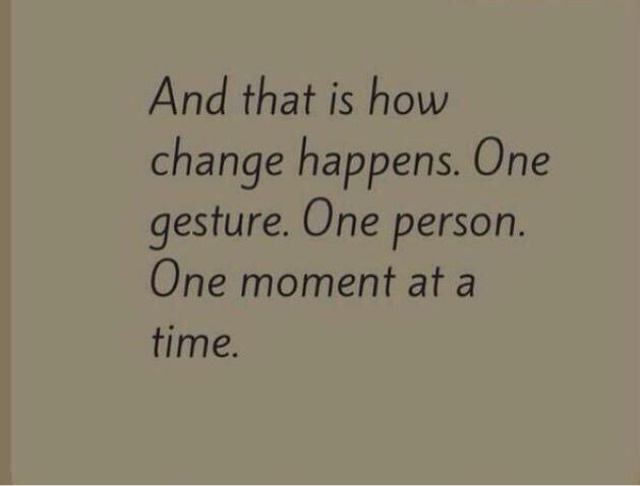Sometimes during the busy weeks that we have as HCP's we forget to provide the care for ourselves, to take stock, to take time and to really look around at the environment we will spend a lot of time in.
I recall some conversations this week with colleagues and with patients, about the hospital environment- and the impact this has on wellbeing and recovery.
We have recently spent lots of time, and with the help of some charity funding, looking at ways we can improve the ward and cubicle areas.
In my experience and from feedback I have received from C&YP who have to spend time away from home in such a strange and alien type environment as a hospital- have shared with me how this impacts on mood, recovery, communication and over-all wellbeing.
Anxiety is already raised- however if C&YP face many days in a cubicle - with limited visitors, peer conversation and socialisation and colour- this has a direct effect to how they cope with procedures and interventions by clinical and medical staff.
Some C&YP have expressed feeling isolated, unsure of what's going on outside the door, is everything ok.
While we cannot eliminate all those feelings- we can help to enhance feelings that will encourage recovery, create distraction and conversation, and lift mood.
The environments for C&YP have changed dramatically over the last 10 years- with research and feedback studies to tell us and inform us of changes that could be made.

For some change can feel unsettling, but change can be powerful, enhancing and inspiring.
We have made themes from blank wall spaces, taken favourite books and extended some well known phrases - added a few pieces of art , to bring a white wall alive with colour, words, songs, and spark imagination, communication and elements of fun!
Small changes, some paint, laminated sheets- and lots of bluetac, wipeable vinyl stickers, and a bit of imagination.
This week has also reminded me of the very reason I chose this vocation- from a very early age I knew what and where I wanted to work, how I wanted to carry myself as a professional , who I wanted to take on this journey, and the changes I wanted to make in order to enhance and impact the hospital experience for C&YP and their families.
I am sure we all can think of that person or place we have worked that has given us that strength to continue, to believe in what we do, to carry on.
I have read many articles this week about inspiration, the power of the voice, the belief to speak, the support received.
I have many that have inspired me, and each day I find inspiration lands upon me, from the C&YP I am humbled to share stories and experiences with, from the families I support and meet, to the HCP's I share my working days with.
However "Hunter" Patch Adams- remains very high on my top 5 list!
His work in America, and across the world with the Gesundheit Institute- pushes me to be a better practitioner.
" What would you do if you had the opportunity to help someone?
Run toward or away from the suffering"




